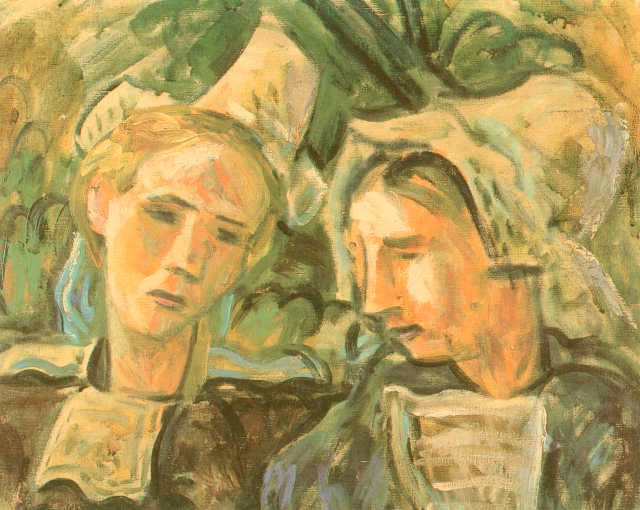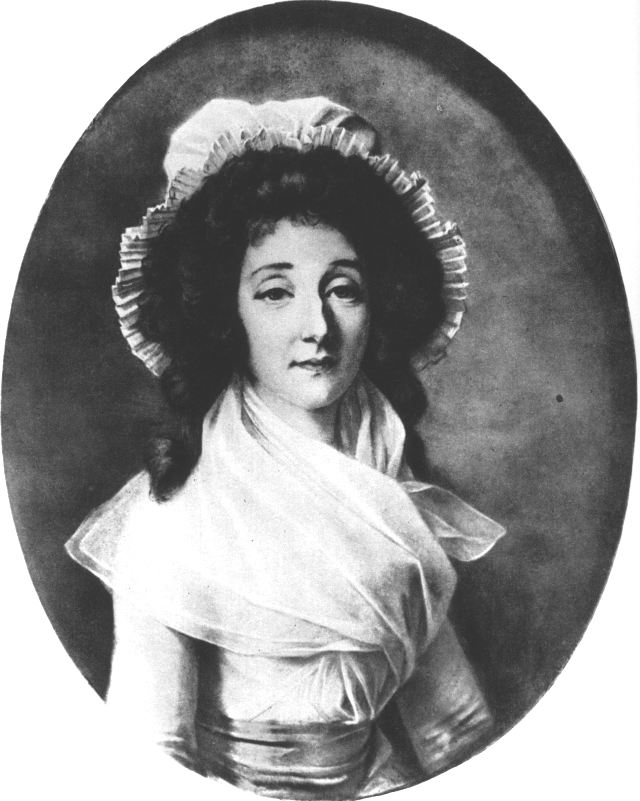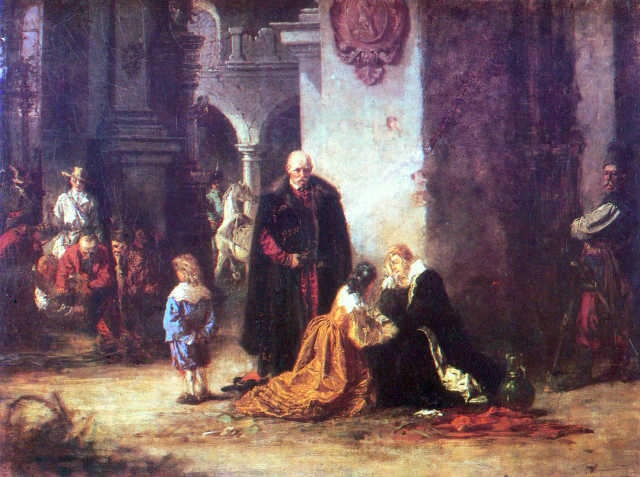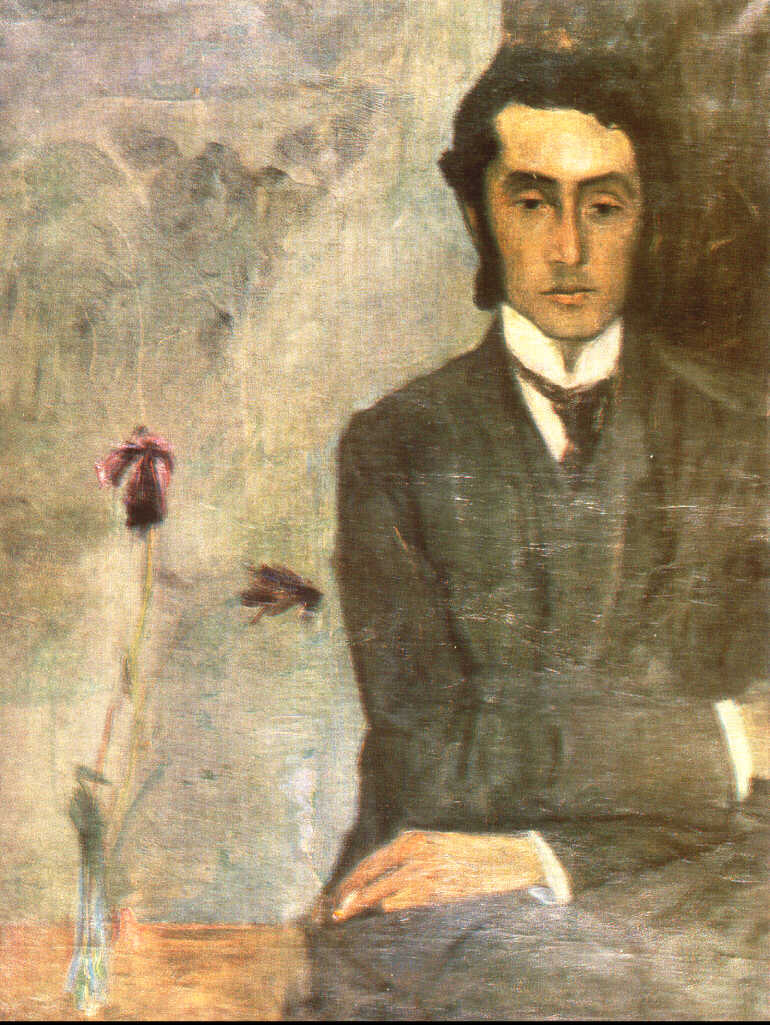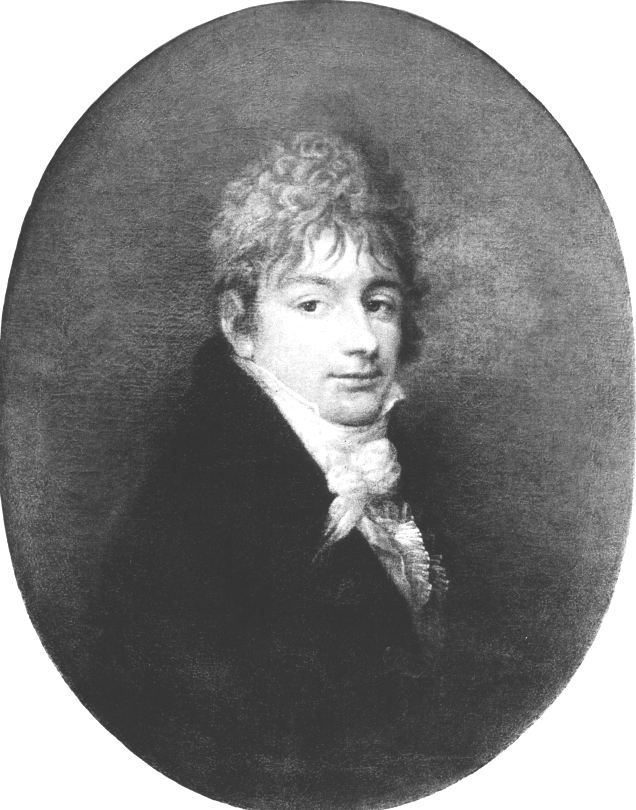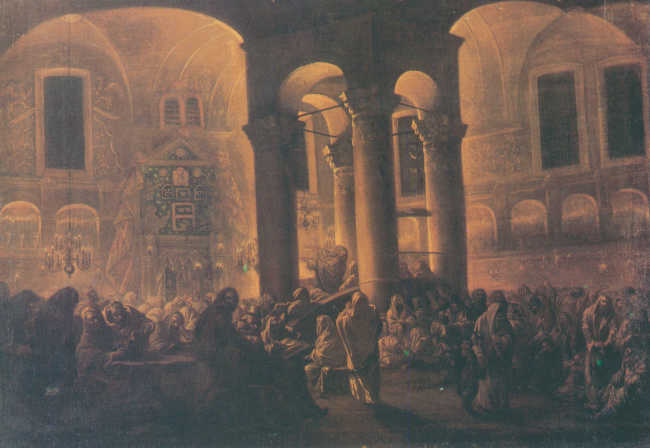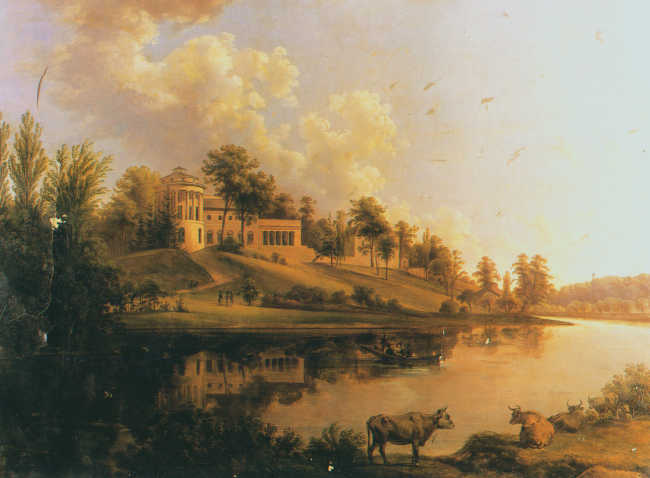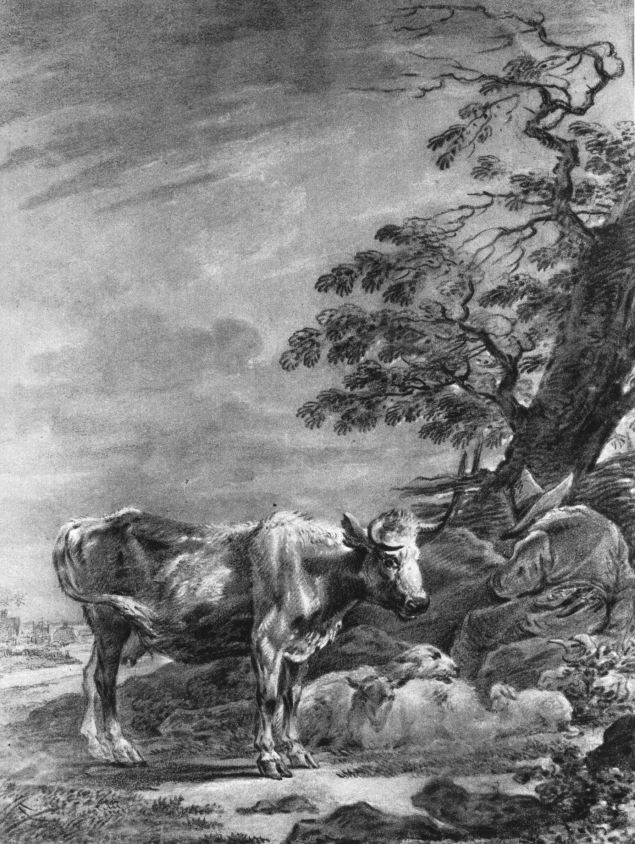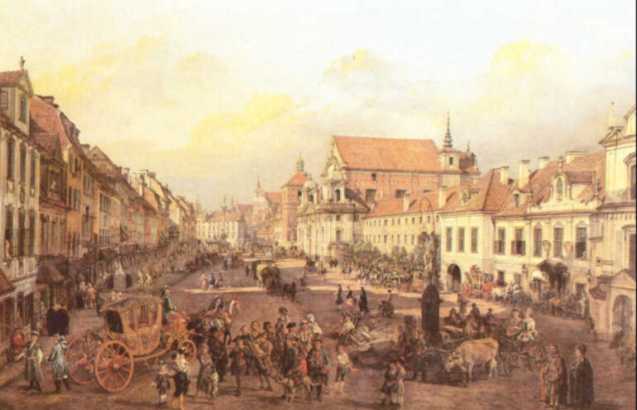Grassi Józef (ur. ok. 1758 Vienna, zm. 08.01.1838 Dresden).
Grassi was an Italian settled and educated in Vienna. He was a pupil of the local Academy from. 1768; its member became w 1791. In Warsaw, where he came at the invitation of Stanisław August in August 1791, stayed until 1795. After leaving Poland, he lived in Vienna again, then in Żagań and Dresden. W 1800 he was appointed professor at the Dresden Academy. W 1810 became a member of the Academy of St.. Luke in Rome, where did he go in 1816 as director of studies of Saxon scholarship holders in Italy. W 1821 he returned to Dresden. Grassi painted only portraits. He portrayed Poles already in the first Viennese period; they were mainly people from the circle of friends of Fr.. Józef Poniatowski, of which he also made two images (on one standing next to the horse, on the second, in the background of the fortress after the Battle of Sabacz). During his stay in Warsaw, many images of people from court circles were created, his portraits of women are especially famous (m.in. Tekla from Czaplice Jabłonowska, Ludwiki Lubomirska née Sosnowska, Anetka Tyszkiewiczówny) and senior military and members of the Patriotic Party (m.in. portraits of Iliński generals). He was the creator of two popular portraits of Kościuszko, repeated many times in painting and graphics, painted in. 1792: one in general's uniform, the other in a peasant's suit (lost). He himself also took part in the fights in defense of Warsaw. After leaving Poland, he painted Poles many times, m.in. Stanisław Małachowski – 1795, Fryderyk Moszyński – 1797, Teresa Lubomirska née Czartoryska as Hebe 1807.
oil, canvas, 90 x 70,2 cm;
National Museum in Warsaw;
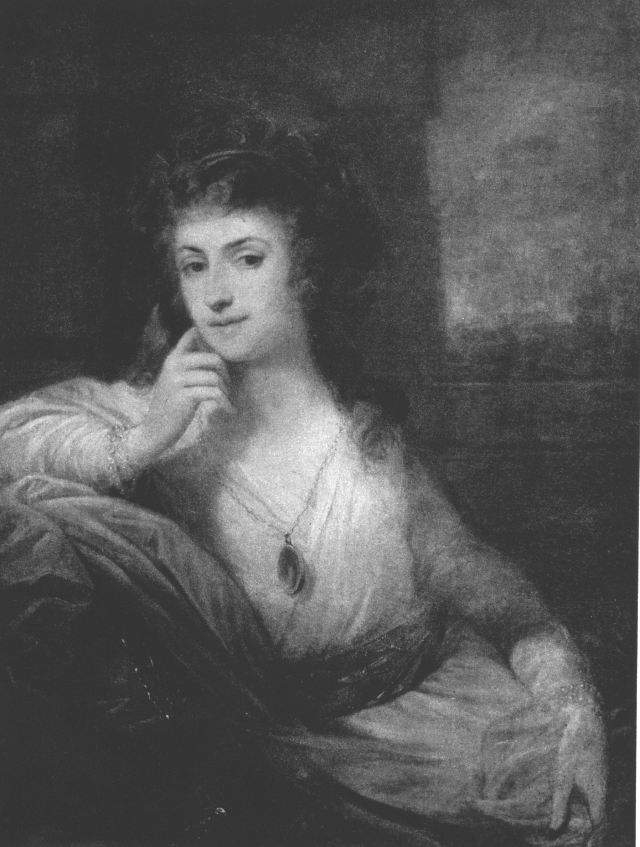
Tekla from Czaplice (zm. 1820) was the second wife of Antoni Barnaba Jabłonowski, the castellan of Krakow. Grassi painted her twice, the first image of her wearing a turban on her head – was established in Vienna.
oil, canvas,
Rajnold Przezdziecki's collection 1939
burned during the siege of Warsaw in September of that year;
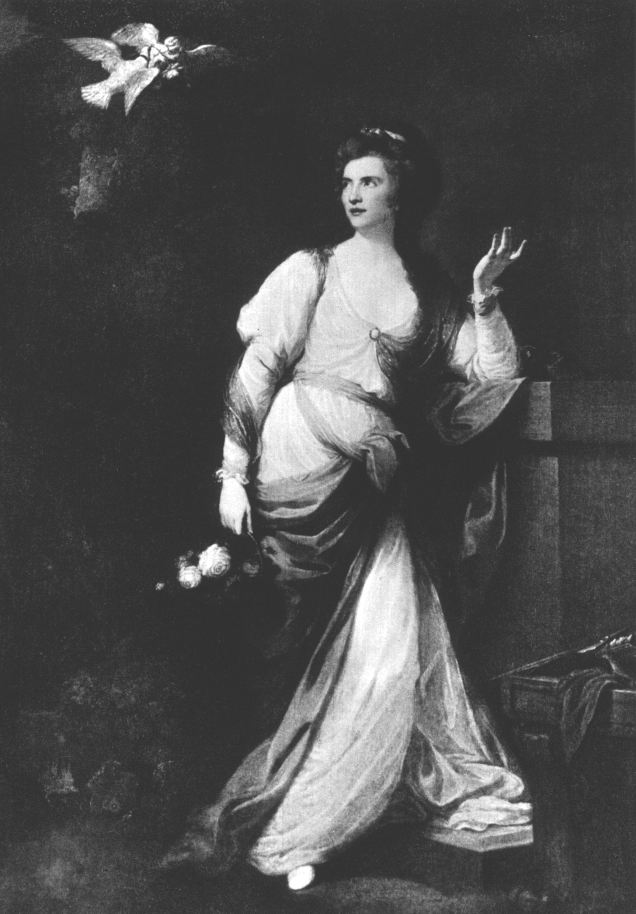
A sliding guess, that the presented person is unknown by name from Tyzenhauzów Przezdziecka, found no confirmation.
oil, canvas, 118 x 100 cm;
National Museum in Warsaw;
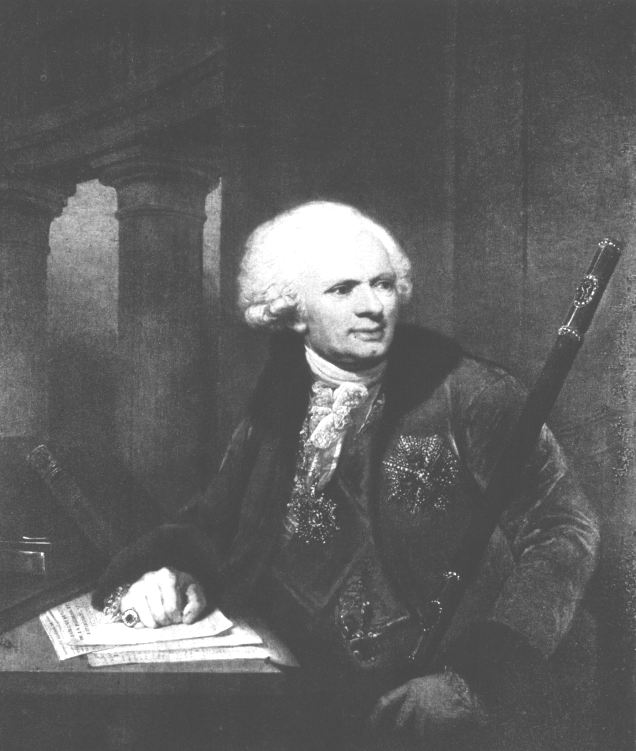
Fryderyk Moszyński (ur. ok. 1738), w 1793 Grand Marshal of the Crown.
oil, canvas, 112 x 90 cm;
National Museum in Warsaw;
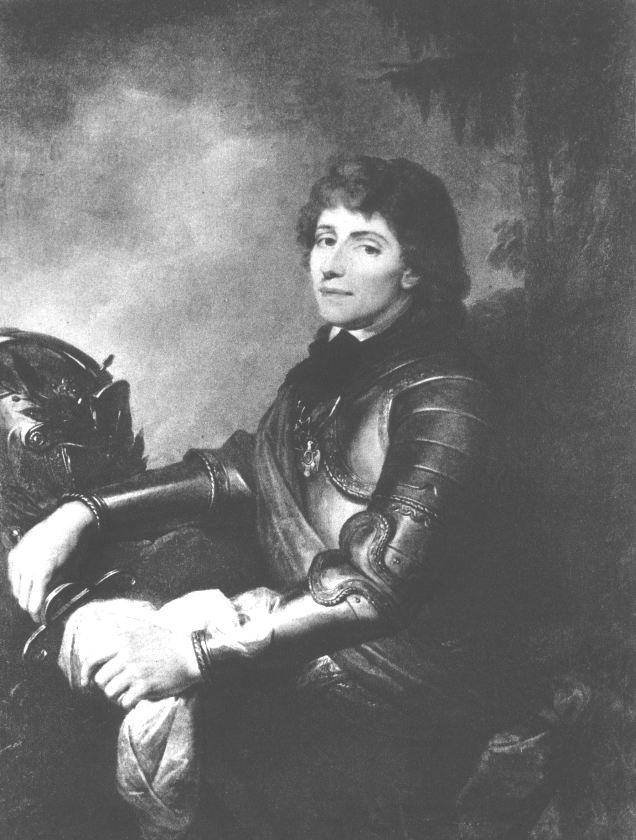
The portrait was repeated many times in painting and graphics, both by contemporary artists, and later. Replica or copy (in the bust) at the beginning of the 20th century. was owned by the Dzieduszycki family in Lviv. The reduced copy is kept at the National Museum in Krakow. Several oil travesties, pastel and watercolors were at the Lviv exhibition 1917 r. (Catalog of the exhibition organized in honor of Tadeusz Kościuszko on the hundredth anniversary of his death, Lviv 1917, s. 16 n. i 34.) Miniature painted from this composition by W.. de Lesseura was in the Tarnowski collection in Dzików. They engraved the portrait, sometimes introducing minor changes, e.g.. F. John i J. Kappeller and lithographed by Wilhelmi and J.. Sunday.

